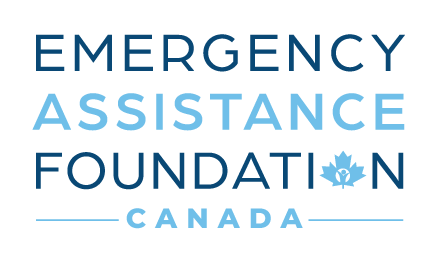
Eliminate Employee Relief Fund Grant Denials: 2 of 6 – Communication – “Share Your Story”
October 27, 2016
Eliminate Employee Relief Fund Grant Denials: 4 of 6 – Documentation Clearly Spelling Out What Is Needed
November 10, 2016An effective but sometimes overlooked way to reduce grant denials is to provide local assistance to applicants. This means that applicants who need help applying will have an in-person resource. This should usually be a local manager or human resources person.
The essence of the idea is that this person will, first, promote the relief fund to employees who may need help. Secondly, the person will have experience with the application process. This means that they know both what is needed and what is being asked. Third, in the event that the applicant has a question that local assistance cannot answer, that person will know who the applicant should contact at the administering public charity for help instead.
The in-person assistance also has intangible benefits. It is much easier to focus and work through the application process if the applicant has someone “on their team” and perhaps literally by their side. Remember that applicants will usually have significant distractions in their lives, which can make it difficult for them to devote attention to things like grant applications and gathering supporting information or documentation. Further, it can be reassuring for applicants to know that someone representing the company cares about them in their time of need. Better still, they will know that a representative of the company is actually helping them.
If your company cannot assign local HR or management to promote the fund and help applicants, there is another alternative. Instead, your organization may suggest that applicants ask a trusted family member, friend, or co-worker to aid them. This provides some of the benefits outlined above, although the helper in this instance may not have the expertise of a dedicated local fund assistance person. In either case, in-person assistance allows the employee in need to “outsource” some of the process or, at the very least, attention to someone they can trust.
Authors:
Douglas Stockham
EAF President
Doug@eafrelief.ca
Lori Rogers
Director of Corporate Operations
lori@eafrelief.ca




